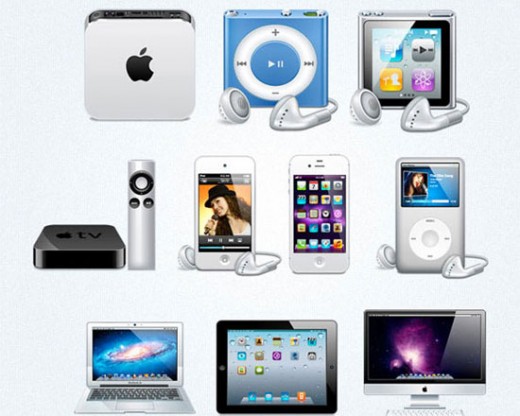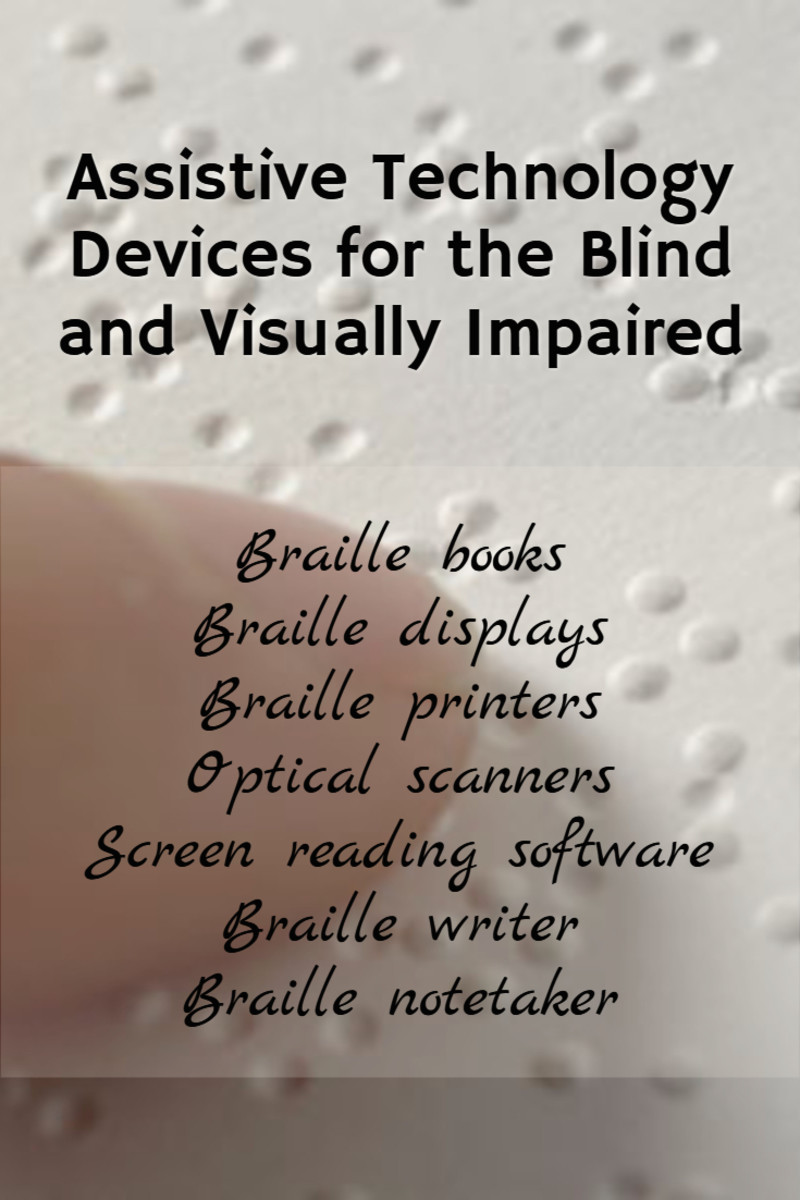Evolving Technology
Apple free image Icon

Evolving Technology in Schools & Business
Evolving Technology in Schools & Business (Electronic & Digital)
Volume 3, Issue 1, July 23, 2013
The inventor of the first electronic device was Joseph Henry, an American Scientist who invented the relay remote switch in 1835.
Electronic devices can be electrical circuits, vacuum tubes, diodes, integrated circuit boards, solar panels, televisions, calculators, laptops/computers, telephones, wireless connectors, lighting fixtures, USB discs, printers, IPhones, cameras, gaming devices, washing machines, hair dryer, IPods, and appliances. Some of the devices use electromagnetic properties to produce electricity in the device of choice and in the performance of the device. The devices are just a few of the 500,000 types of devices that assist as tools to power our nation in business and in the household.
Each device has its very own type of performance or production output that is different from other devices. For example, the production output of a computer and a vacuum are so different that they produce entirely different things. However, the use, functionality, and production of phones particularly the IPhone is very similar to a computer because they have many similar functions. However, there are differences in computers and IPhones and functionality.
Interestly enough is the fact that we use computers (desktops & laptops) in business and we also use phones as a tool in the workplace for communications and other functions like budgeting, memoranda, and accounting. They are highly sought out products made for the workplace in almost every field of work.
Businesses use devices and labor interchangeably to produce an output in production in the employers business. The culture of an American Business is engineered to work more efficiently and effectively in the workplace. Employers look to the recently graduated labor force from high schools and from colleges across the country to fill the production lines in their respective businesses and industry.
Initially, the first computer was invented by Konrad Zuse who invented and designed the first programmable computer in 1941; however, it was only to make computations of arithmetic and logistics, and it has evolved just like everything else into an engineering wonder with the invention of wireless laptops. The use of the computer in business has evolved from just computations to memoranda, computations, graphical designs, etc.
Electronic and digital devices now have enhanced, improved, and moved business and educational systems into a new technological and digital age, but there are still several schools that lack the tools to move there curriculums and students into an advanced and current system of economy in the community. This is called, “the Digital Divide,” where the user is separated from having the ability to use a computer in business or in the household. Computers are one of the most innovative and effective uses of engagement with technology that is utilized in almost every form of business or workplace, that includes businesses in the home and usage (http://aida-garcia.hubpages.com/hub/Reducing-Paper-Waste).
Some of the schools in California alone are lacking computer labs to produce better equipped students. There are only 90% of schools who use computer labs in their respective districts, specifically those school districts who are in the poor areas, ghettos or rural areas of California are the ones who lack the tools or access to a computer (http://www.ncrel.org/sdrs/areas/issues/methods/technlgy/te200.htmJ).
The poverty rates in certain areas dictate what the economy in the community is like and quite frankly what businesses look for in workers and labor. Some of the questions that we must ask are how educated is the community or population for the workforce? And what are the disparities encountered in education? What is the impact of higher education inequality? What degrees are businesses seeking in potential candidates for employment?
Some of the answers are complex and cannot be answered with a simple answer, but could be answered in general. The Industry demands certain criteria from the public who are educated in certain fields. What high schools have the proper technology is essential in answering this question generally also. Some of the disparities encountered vary from city to city but generally speaking it is poverty and financial (income in household), and availability.
So we have to ask where else can the 6,263,438 public school students utilize a computer. There are recreational centers and libraries across the state who or what can fill the digital divide. But is it enough to be able to handle the task of keeping students equipped to handle business when they graduate from high school or college.
We will start with the areas of the highest poverty rates in Southern California and what types of businesses and how many businesses the community has and they are:
Of the 38,041,430 million households in California disparities exist in businesses that have a high poverty rate and of those 61.8% are computer and Internet users as of 2003 and where reported by the Census Bureau.
Of the 38,041,430 million here in California the statistics for the highest poverty rates are in Southern California who are 34.8% Latino, 65.1% Asians, 36.1% Blacks, and 56.1% are Whites.
Reported areas of disparity and poverty in Southern California is greatest ELA 25.3% below poverty and who have only 6,422 business owners, South Gate 19.6% below poverty and have only 6,733 business owners, Compton 24.9% below poverty and only have 5,082 businesses, and Watts/Willowbrook 25% below poverty and who only have 2,133 businesses as of 2007.
These statistics give you the idea of how much the great divide is in households that are having trouble owning, buying, and even maintaining a computer. Libraries, schools, and recreation centers are a vital and critical need in these areas that do not have computer or Internet access (http://www.higheredinfo.org/analyses/California_State_Profile.pdf). We will discuss the disparities in more detail and the evolving technological devices used in business and in schools.







